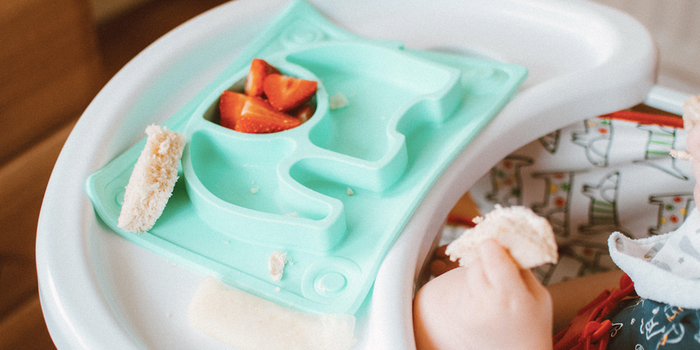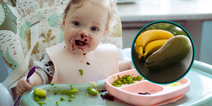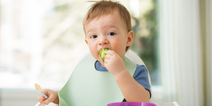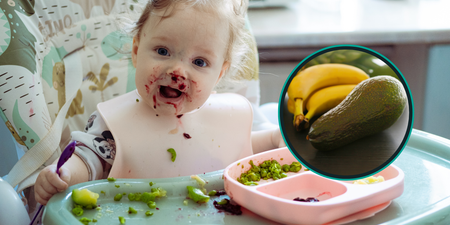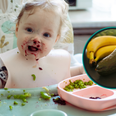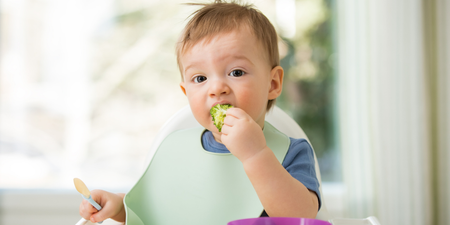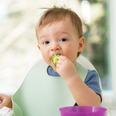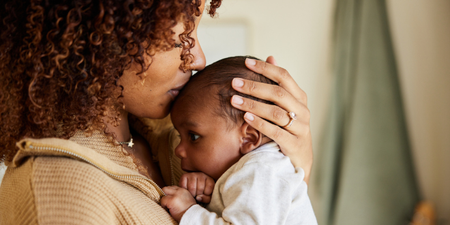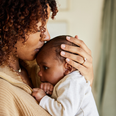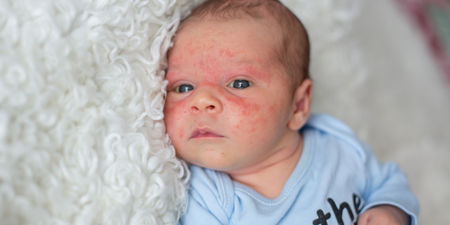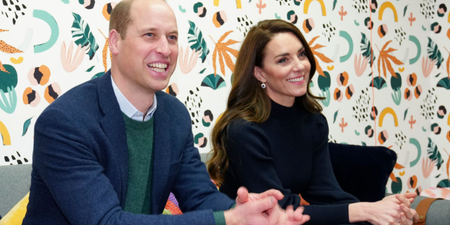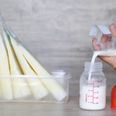Your baby’s first year on earth is choc-a-bloc with milestones and firsts.
One of the more exciting – and also rather nerve-wracking to many – is that of weaning. As in, introducing solid food to your as-of-yet only milk-fed baby.
But while it can seem completely daunting and more than a little terrifying to make this shift, try also to think of it this way, mamas; you are about to introduce your tiny tot to the amazing and exciting world of food and flavours.
The World Health Organization (and many other health organizations) recommend that babies are exclusively breastfed for the first six months of life, but once your baby starts approaching this half-year mark, here are 10 signs to look out for that he or she is now ready for some actual food:
1. Age
Up until six months of age, your baby should be fed breast milk (or formula) exclusively, as this provides all the calories and nourishment your baby needs and can handle. Up until now, their digestive systems simply aren’t ready for solids.
Note: All babies are different, and while some may start showing an interest in solids and seem ready at five months, others could be closer to seven months before they are ready for weaning. Always follow your health care provider’s advice – and trust your own mama judgment.
2. Head control
For eating solid foods, your baby needs to be able to keep her head in a steady, upright position.
3. Losing the “extrusion reflex”
To keep solid food in their mouths and then swallow it, babies need to stop using their tongues to push food out of their mouths.
4. Growing appetite
All that growing up can make a baby hungry, for sure. One sign that it might be time for solids is that your baby seems hungry – even with eight to 10 feedings of breast milk or formula a day.
5. Weight gain
As a rule of thumb, most babies are ready to eat solids when they’ve doubled their birth weight and are approaching six months old.
6. Sitting well when supported
To be able to swallow food, your baby needs to be able to sit upright.
7. Acting curious about what you are eating
When your baby begins eyeing up your bowl of breakfast granola or reaching for strands of spaghetti on route from your plate to your mouth, rest assured that he or she is nearing the point when you can introduce solid food.
8. Chewing motions
Naturally, your baby’s mouth and tongue develop in sync with his or her digestive system. To start solids, your baby should be able to move food to the back of the mouth and swallow. As babies learn to swallow efficiently, you may notice less drooling (although; if they are teething, you might still see a lot of drool, obviously).
9. Your baby is developing a “pincer” grasp
This is where babies pick up food or other objects between their thumb and forefinger.
10. Your baby is eager to participate in mealtime
If your tot is showing an interest in food and wants to get up and sit at the table with the rest of the family when you are sitting down to eat, you can pretty much feel sure that he or she is getting ready for some delicious food of their own.
